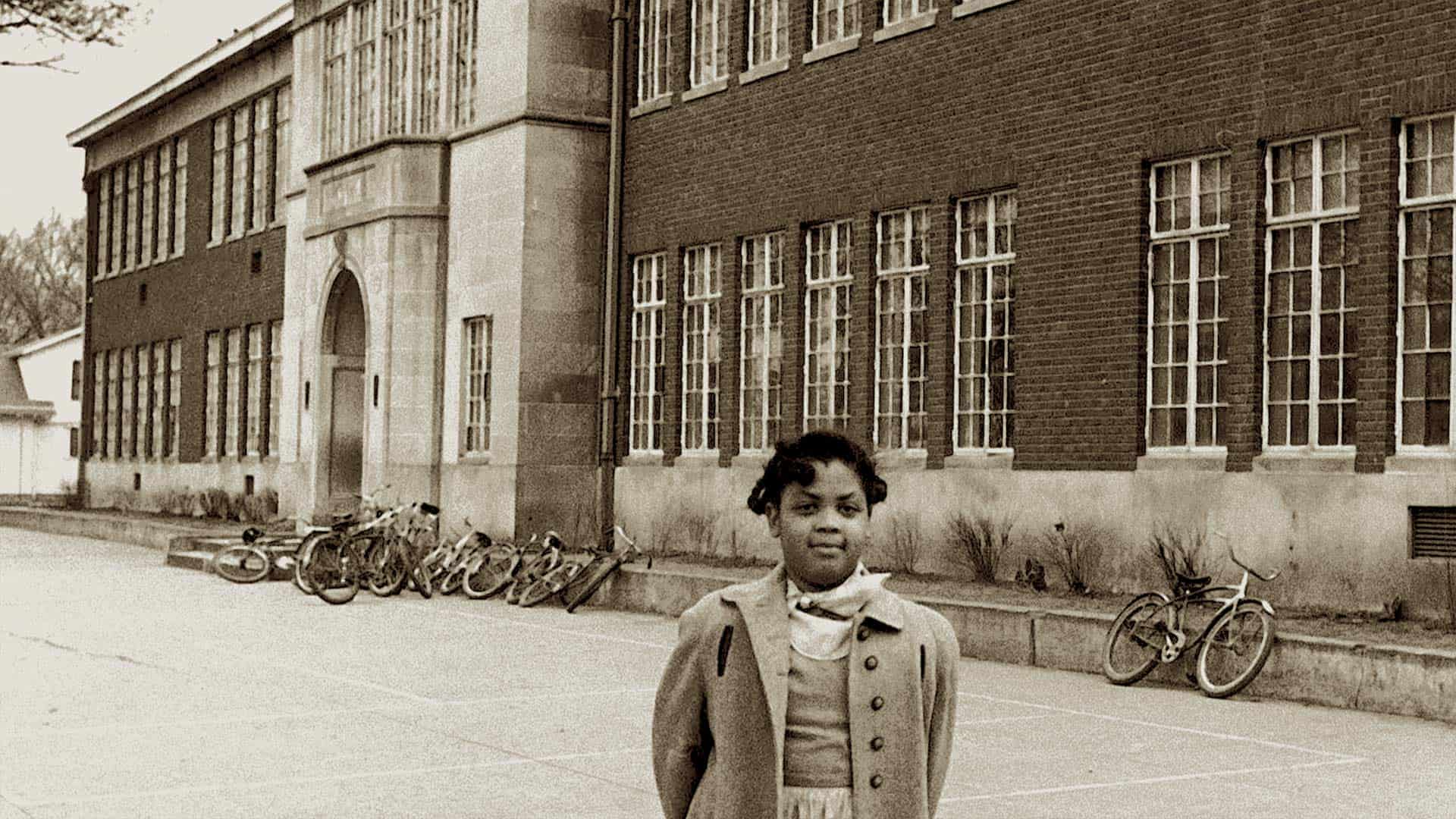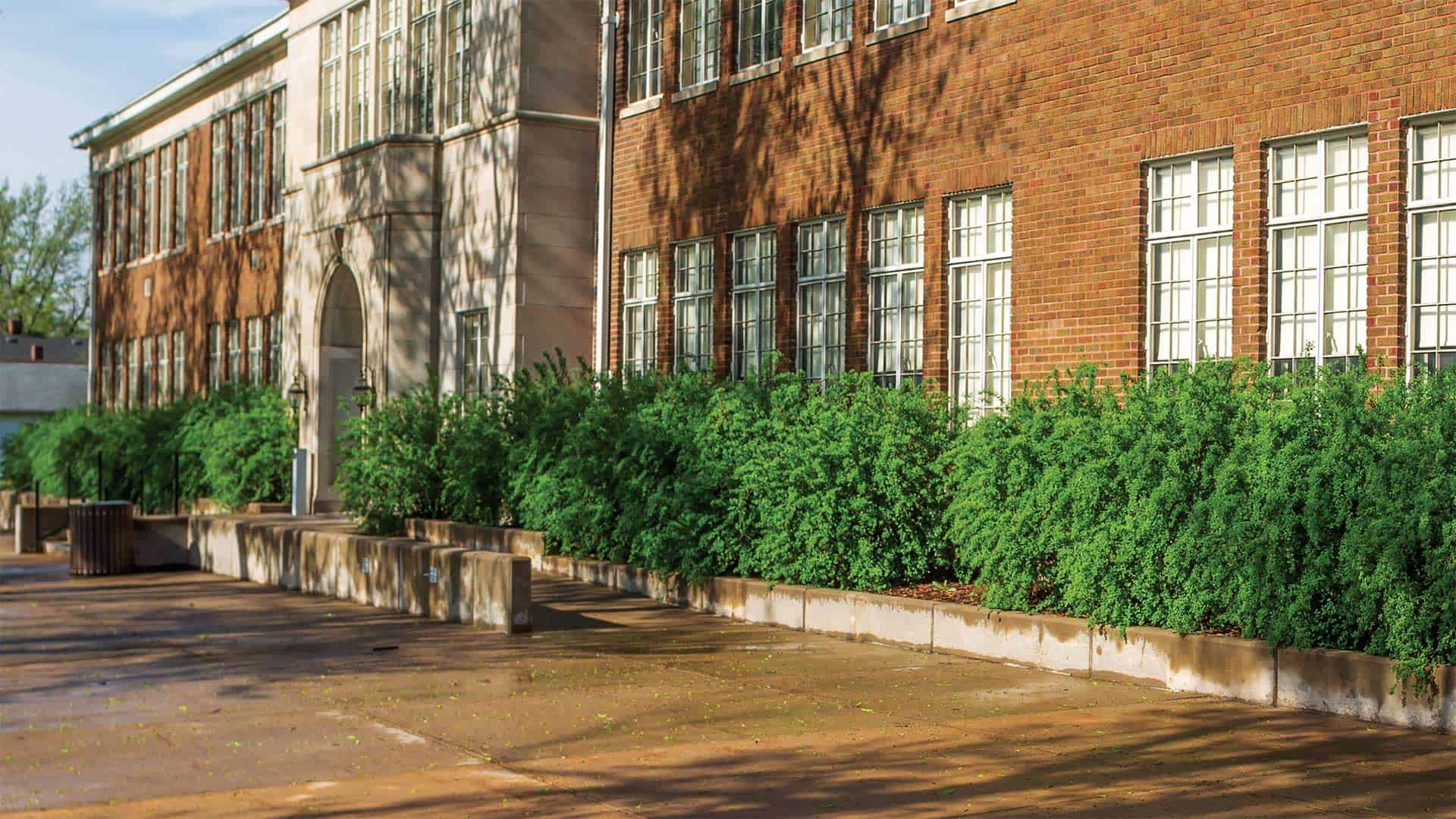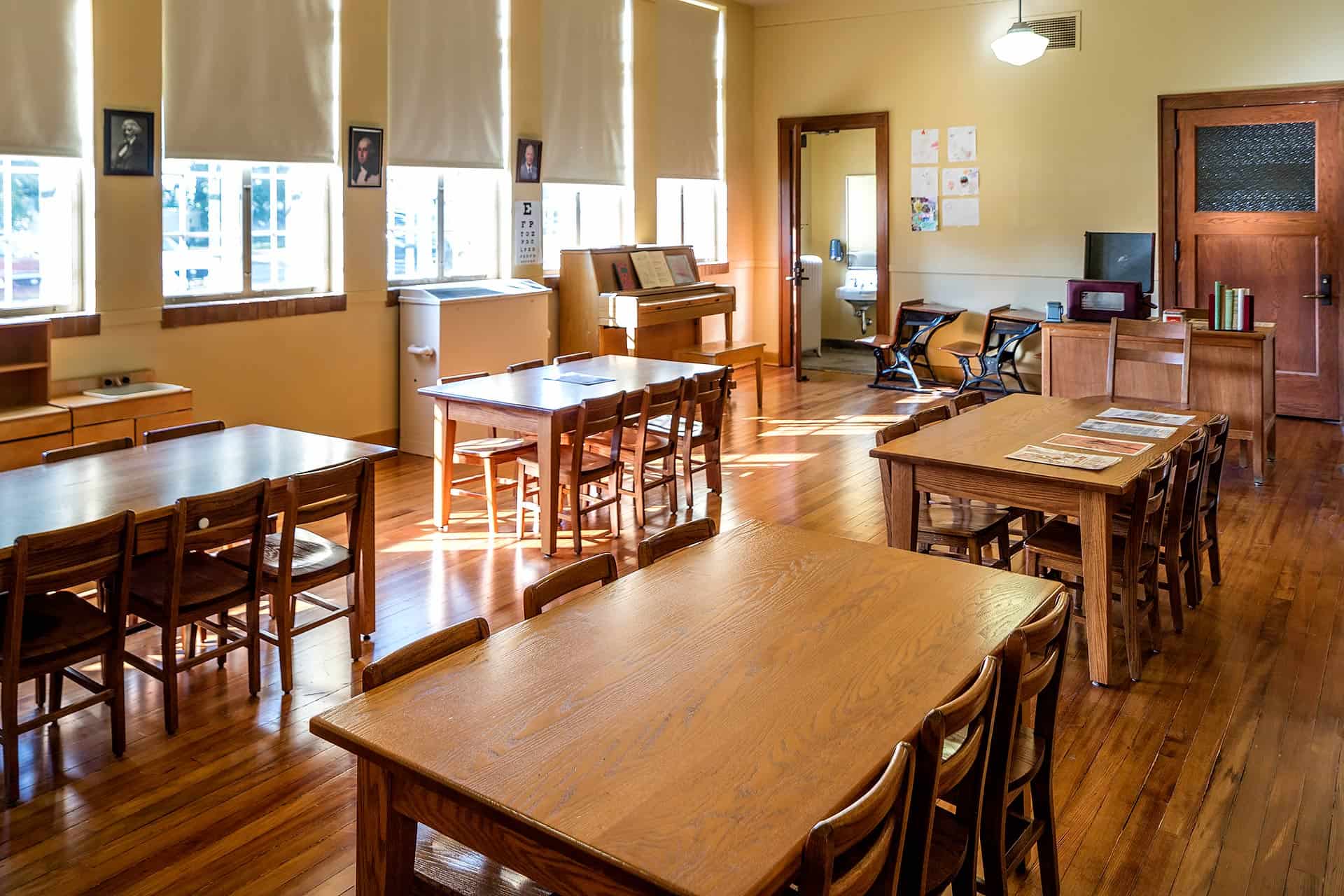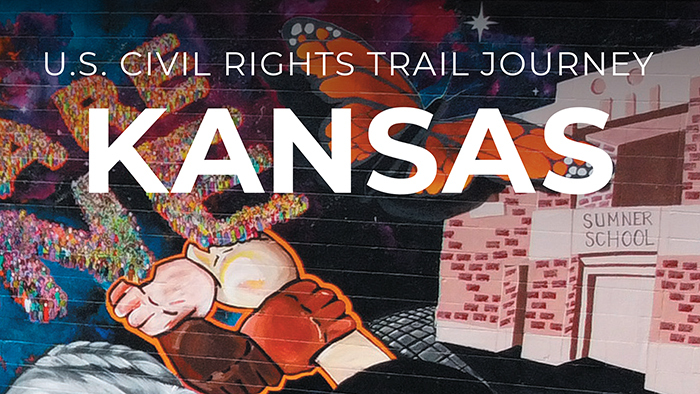“Separate But Equal” Is Not Equal
In the summer of 1950, 13 parents in Topeka, Kansas, took their Black children to their neighborhood schools to register them for the upcoming school year. All 20 of the children were refused admission on the basis of their skin color. Undeterred, the parents filed a lawsuit against the Topeka Board of Education. The case eventually reached the United States Supreme Court, which ruled in favor of the plaintiffs and overturned the Plessy v. Ferguson decision of 1896, which allowed state-sanctioned segregation in public education. The court’s judgment stated that “separate but equal educational facilities are inherently unequal.”



























